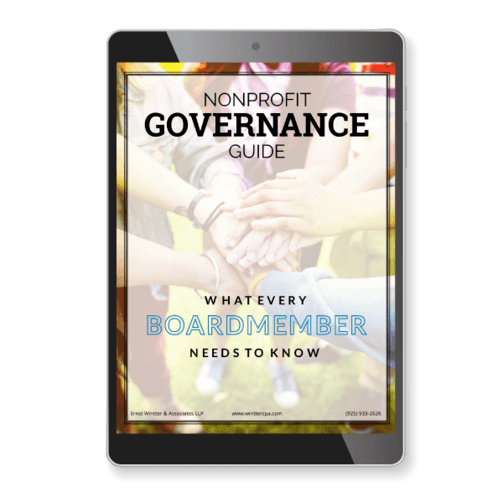When it comes to tightening budgets, strategies to help nonprofits maintain stability without cutting staff are more important than ever. The good news is that there are practical alternatives to the usual cost-cutting methods. Here are three effective measures that can help you reach your financial goals while keeping your workforce intact.
1. Start With Overhead Expenses
As your nonprofit organization has expanded over the years, your overhead expenses have likely done the same. Before laying off staff, think about how you can reduce these costs, starting with your real estate contracts.
If your lease is nearing its end, consider whether you truly need to lease office space at all or whether your staff can work remotely and use free or low-cost resources (such as library or community center conference rooms) to meet in person.
If you do need a building, ask about the possibility of lowering your rent, especially if your landlord is among those struggling to keep commercial tenants.
For nonprofits with multiple locations, it may be beneficial to consider shuttering some of them, which is easier if you’re shifting to remote or hybrid work. If you own buildings that you cannot or do not wish to sell, becoming a landlord by renting space to other nonprofits or businesses can help you diversify your income.
You should also assess your vendor contracts and determine which ones to get rid of or change. For example, shifting to remote work may enable you to end or downsize cleaning or furniture contracts.
Additionally, ask about new contract terms to end unnecessary product features or service add-ons, and ask for better pricing based on competitor quotes or nonprofit status.
2. Consider Nonprofit Partnerships
Collaborating with another nonprofit enables both organizations to share the financial load and can bring significant cost savings. For example, you may be able to sign a joint service contract with a professional employer organization, helping both nonprofits save on HR and administrative costs.
You can often do something similar when it comes to facility rental, office supplies, transportation fleets, and even staff training.
Before you decide to merge or partner with another organization, make sure the terms and responsibilities for each organization are clearly outlined. Additionally, consider partnering with an organization that has similar services and goals, as this may double your impact in the community.
3. Tackle Your Labor Costs
According to data from the U.S. Bureau of Labor Statistics, wages and salaries can account for as much as 70.5% of employer costs. At some point, it may become inevitable for you to curtail your payroll. However, you may not necessarily have to lay off employees.
Instead, consider how you might cut hours or salaries, starting with those who make the most. You may also need to do away with non-essential benefits, such as free lunch or gym memberships.
Make sure to talk with employees before cutting hours or benefits. Nonprofit work is highly relational, and ensuring a positive organizational culture is part of what fuels passion and engagement.
Ensure your employees understand that you care about them and you’re trying to do what’s best for everyone. Listen to their concerns and be as transparent as possible about the challenges ahead.
Face Uncertainty With Forward-Thinking – Strategies to Help Nonprofits
As a nonprofit leader, you know that the state of your finances often determines whether you can operate at your highest potential. In addition to curbing your expenses, it’s also a good time to consider a nonprofit audit.
At Ernst Wintter & Associates LLP, our audit services can help your organization ensure compliance, enhance internal controls, and maximize your resources and your community impact. Contact us today to see how we can help you develop a plan for effective operations, even in an uncertain landscape.








